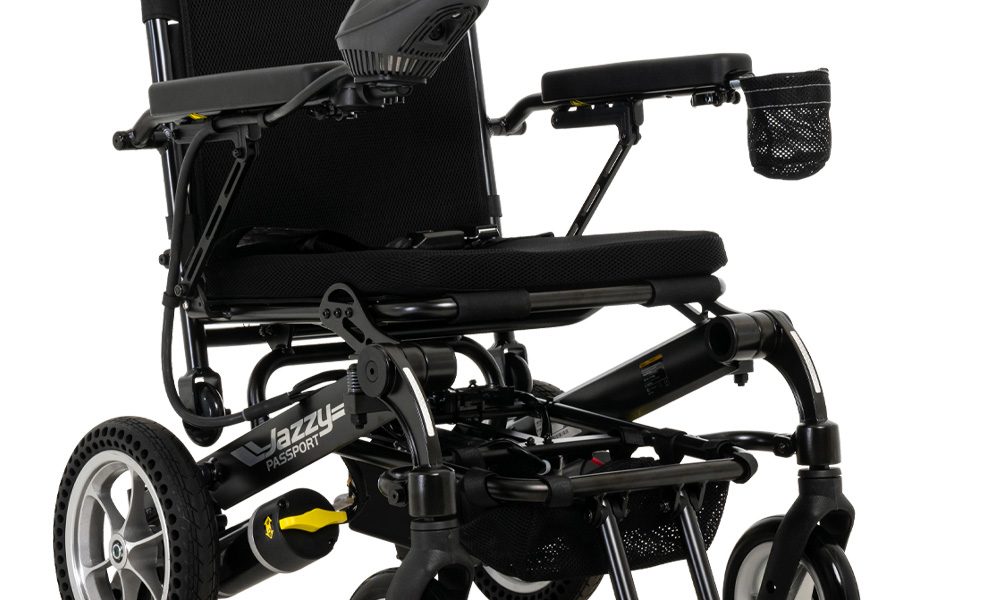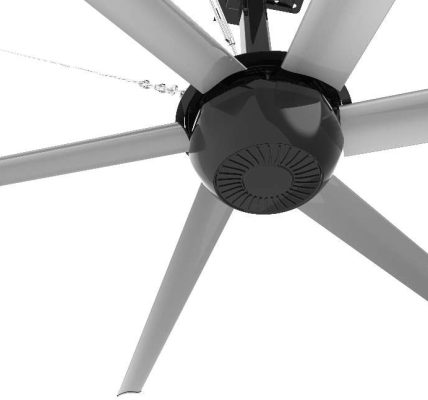Creating a safe and comfortable environment through home modifications is essential for individuals with disabilities or limited mobility. Proper home modifications can significantly improve the quality of life by ensuring accessibility, safety, and independence. This article explores various home modifications that can transform living spaces into accessible, functional, and comfortable environments.
Understanding the Importance of Accessibility
Accessibility in the home is crucial for individuals who face physical challenges. Without appropriate modifications, daily tasks can become difficult, dangerous, or even impossible. By making thoughtful changes to the home environment, we can remove these barriers and promote a sense of independence and security. Accessible homes are not only beneficial for the residents but also for caregivers, as they provide a safer and more manageable setting for providing assistance.
Entrance and Exit Modifications
The first step in making a home accessible is ensuring easy and safe entry and exit. This often involves installing ramps or lifts at entrances to eliminate the need for stairs. Doorways should be widened to accommodate wheelchairs and walkers. Additionally, automatic door openers can be installed to make it easier for individuals with limited upper body strength to open and close doors. Discover how folding power wheelchairs can make home modifications for accessibility even more effective in creating a safe and comfortable environment.
Bathroom Modifications
Bathrooms pose significant challenges due to their confined spaces and slippery surfaces. Modifications such as installing grab bars near toilets and in showers provide stability and prevent falls. Replacing traditional bathtubs with walk-in showers or adding a shower seat can make bathing safer and more comfortable. Raised toilet seats and non-slip flooring are also essential to enhance bathroom safety and accessibility.
Kitchen Modifications
Making a kitchen accessible involves designing it in a way that allows for safe and efficient use by individuals with mobility issues. Lowering countertops and cabinets, or installing adjustable-height workspaces, ensures that everything is within reach. Pull-out shelves and lazy Susans can make it easier to access stored items. Lever-style faucet handles and accessible appliances, such as side-opening ovens and front-control stovetops, further enhance kitchen usability.
Living and Sleeping Area Modifications
In living and sleeping areas, it’s important to create a space that is free from obstacles and easy to navigate. Removing or securing rugs and carpets can prevent tripping hazards. Furniture should be arranged to provide clear pathways for movement. In bedrooms, adjustable beds and lower bed heights can assist with getting in and out of bed. Installing closet organizers at reachable heights and using lever handles on doors and windows can also improve accessibility.
Lighting and Electrical Modifications
Proper lighting is vital for safety, especially for individuals with visual impairments. Increasing natural light through larger windows and skylights, and installing bright, adjustable artificial lighting, can significantly enhance visibility. Additionally, smart home technologies like voice-activated lighting controls and smart plugs can provide greater convenience. Electrical outlets and switches should be placed at accessible heights to accommodate all users.
Emergency Preparedness Modifications
Ensuring that a home is safe during an emergency is another critical aspect of accessibility. Installing smoke detectors with strobe lights and vibrating alarms can alert individuals with hearing impairments. Emergency exits should be clearly marked and accessible, with escape plans tailored to the needs of the residents. Having a well-stocked emergency kit and a communication plan in place are also important measures to ensure safety during unexpected situations.
Conclusion
Home modifications for accessibility are essential in creating a safe and comfortable environment for individuals with disabilities or limited mobility. By making thoughtful changes to entrances, bathrooms, kitchens, living areas, lighting, and emergency preparedness, we can significantly enhance the quality of life for these individuals. Accessible homes not only promote independence and safety but also provide peace of mind for both residents and caregivers.
FAQs
- What are the most important modifications to make for accessibility in a home?
The most important modifications include installing ramps or lifts at entrances, widening doorways, adding grab bars in bathrooms, and ensuring kitchens and living areas are easy to navigate. Proper lighting and emergency preparedness measures are also crucial.
- How can I make my bathroom safer for someone with mobility issues?
To make a bathroom safer, install grab bars near the toilet and in the shower, replace bathtubs with walk-in showers or add a shower seat, use non-slip flooring, and consider a raised toilet seat.
- What changes can be made in the kitchen to enhance accessibility?
Lowering countertops and cabinets, installing pull-out shelves, using lever-style faucet handles, and ensuring appliances are accessible are key changes. Adjustable-height workspaces and front-control stovetops can also improve kitchen usability.
- How can lighting be adjusted to better suit individuals with visual impairments?
Increasing natural light with larger windows and skylights, installing bright and adjustable artificial lighting, and using smart home technologies like voice-activated controls can enhance visibility. Ensure that electrical outlets and switches are placed at accessible heights.
- What should be included in an emergency preparedness plan for an accessible home?
An emergency preparedness plan should include smoke detectors with strobe lights and vibrating alarms, clearly marked and accessible emergency exits, a well-stocked emergency kit, and a communication plan tailored to the needs of the residents.





